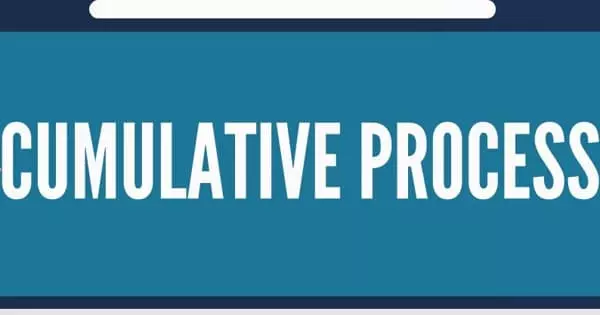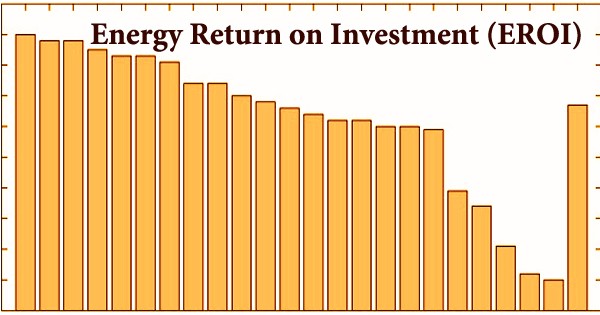A cumulative process is a project management approach in which each step is based on the outcomes of all previous steps. It adds to the economic theory of interest proposed by Knut Wicksell in his 1898 book, Interest, and Prices. Wicksell distinguished the natural rate of interest from the money rate of interest. According to Wicksell, the money rate of interest is the interest rate seen in the capital market; the natural rate of interest is the interest rate at which supply and demand in the goods market are in equilibrium – as if there were no need for capital markets.
Cumulative development refers to development that occurs at different times on the same or adjacent sites as part of a common development plan or development that occurs simultaneously on adjacent sites as part of a common development plan. According to the cumulative process concept, if the natural rate of interest is not equal to the market rate, the demand for investment and the quantity of savings will not be equal. When the market rate falls below the natural rate, the economy expands and prices rise. As a result of the resulting inflation, the real interest rate falls, causing further expansion and price increases.
The theory of the cumulative process of inflation represents an early decisive blow against the concept of money as a “veil.” Wicksell’s method was very similar to Henry Thornton’s earlier work. According to Wicksell’s theory, increases in the supply of money cause price increases, but the initial increase is endogenous, caused by the conditions of the financial and real sectors.
Wicksell claimed that with the existence of credit money, two interest rates prevail: the “natural” rate and the “money” rate. The natural rate is the rate of return on capital, also known as the real profit rate. It is roughly equivalent to the marginal product of new capital. The money rate, in turn, is the loan rate, which is entirely financial in nature. Credit is thus perceived as “money” quite appropriately. After all, banks provide credit by creating deposits from which borrowers can draw. Because deposits are part of real money balances, the bank can effectively “create” money.
According to Wicksell’s main thesis, the disequilibrium caused by real changes leads endogenously to an increase in the demand for money – and, at the same time, an increase in its supply as banks try to accommodate it perfectly. Given full employment (constant Y) and a fixed payment structure (constant V), a rise in M results only in a rise in P according to the equation of exchange, MV = PY. Thus, Wicksell preserves the story of the Quantity Theory of Money, the long-run relationship between money and inflation. According to Wicksell’s main thesis, the disequilibrium caused by real changes leads endogenously to an increase in the demand for money and, at the same time, an increase in its supply as banks try to accommodate it perfectly.
Say’s law, in particular, is broken and abandoned. In particular, when real aggregate supply is constrained, inflation occurs because capital goods industries are unable to meet new real capital goods demand from entrepreneurs by increasing capacity. They could try, but doing so would entail making higher bids in the factor market, which is also supply-constrained, raising factor prices and thus the price of goods in general. In short, inflation is a real phenomenon caused by an increase in real aggregate demand that exceeds real aggregate supply.
Finally, for Wicksell, endogenous money creation and how it leads to changes in the real market (i.e. increased real aggregate demand) is fundamentally a breakdown of the Neoclassical tradition of a dichotomy between the monetary and real sectors. Money is not a “veil” – agents respond to it, and this is not due to an irrational “money illusion.” However, we should remember that, for Wicksell, the Quantity theory still holds in the long run: money is still neutral in the long run, despite the fact that to do so, Knut Wicksell violated the cherished Neoclassical principles of dichotomy, money supply exogeneity, and Say’s law.
















